
Blue Marble introduces FlexLM licensing
Blue Marble Geographics has announced an update to their Geographic Calculator software application aimed at improving GIS data management efficiency. The Geographic Calculator is known for its easy-to-use interface that allows the user to perform simple coordinate transformations while at the same time allowing for very elaborate in-depth conversions.
www.bluemarblegeo.com
The clout of Indian bureaucracy is demonstrated, again.
On July 20, the Union Cabinet of India approves …

I just wanted to congratulate you (and lead article author Mukund Rao) on the excellent wrap-up and exposition of India’s NSDI, NMP, status of OSM etc. in the July issue of Coordinates (http:// www.mycoordinates.org/cgi-bin// click.cgi?id=69). Very well done, especially the publication of both congratulatory and dissenting statements concerning NMP and the new Guide, from a wide range of stakeholders. Reviewing the statements and articles, as an outsider who has some familiarity with prior history of NSDI development in India, it would appear that the NMP is just the first step – and may still need lots of ‘fixing’ before it satisfies a much wider portion of the GI stakeholder community in India. This should surprise no one, given the scope of the policy and its potential impact on Indian society and economy.
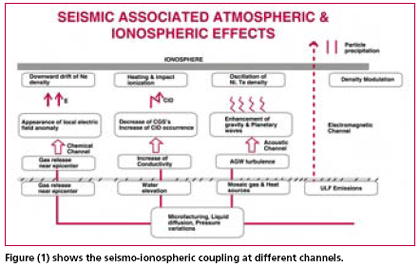
Early warning of earthquakes has actually become the main goal of seismology. And though seismic prediction started as a purely seismological discipline, it now involves hydrology, hydro -geochemistry, measurement of telluric and magnetic fields etc. The parameters under observations for the purpose of diagnosing seismic regimes include hydro -chemical parameters, atmospheric electrical disturbances, electromagnetic emissions, anomalous disturbances in the ionosphere and the magnetosphere recorded by satellite.
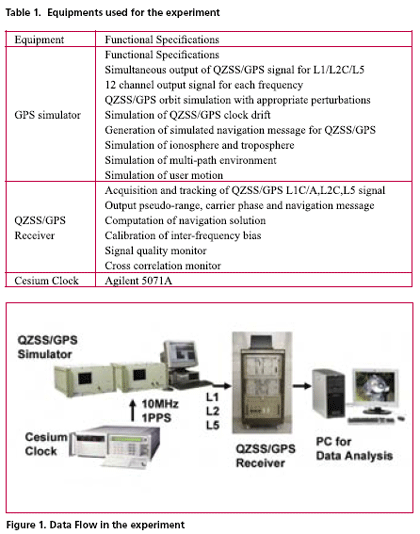
GPS modernization will expand the area of positioning service and will increase its convenience. Particularly, the third civil frequency namely L5, which will be provided by both modernized GPS and QZSS, is expected to improve the performance of precise positioning using carrier phase observation. This paper reports an experimental result regarding the convenience of additional L5 signal. Actual navigation signals generated from GPS simulator were received by triple frequency GPS receiver in the experiment. Navigation data, pseudo-range and carrier phase observation have been obtained and used for the analysis. This experiment verifies the improvement of ambiguity fixing time and multi-path mitigation using three frequency signals.
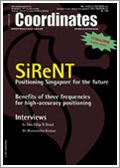
SiReNT – Positioning Singapore for the future SOH KHENG PENG, VICTOR KHOO HOCK SOON, LOH SOOK YEE
The benefits of three frequencies for the high accuracy positioning NOBUAKI KUBO, AKIO YASUDA, ISAO KAWANO TAKESHI ONO, CHIE URATANI
Demeter micro-satellite A K GWAL, BHISHEK SHRIVASTAVA AND KALPANA MALHOTRA
SDI: Lots of talk and little involvement ROGER LONGHORN
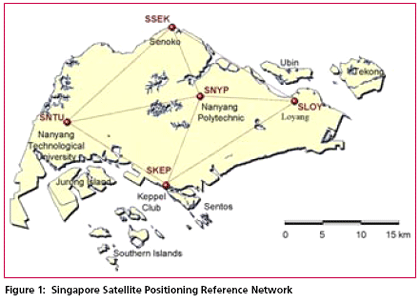
The Singapore Land Authority (SLA) will launch a new GPS reference station network in September 2006. The infrastructure known as the Singapore Satellite Positioning Reference Network (SiReNT) will replace the existing system, SIMRSN (Singapore Integrated Multiple Reference Station Network) which was developed in 2000 under a collaboration project between Nanyang Technological University (NTU), University of New South Wales (UNSW) and SLA.
Five Nation Consortium focuses on receivers for Galileo GPS system
British consultancy PA Consulting Group, London, is to lead a five nation consortium to look into the enabling technologies needed to develop receivers for Europe’s Galileo GPS location based system. The two year project, funded to the tune of Euros 6 million by the European Commission through grants from the sixth Framework Programme, is dubbed GREAT, for Galileo REceiver for the mAss market. The Consortium comprises Spanish group Acorde, a specialst in RF design for satellite and communications systems; German Aerospace Center DLR, the Tampere University of Technology, specifically the Finnish University’s group specializing in algorithm design for GNSS systems; and u-blox AG – a Swiss fabless developer and manufacturer of GPS chipsets and GPS receiver modules. The project will comprise three distinct phases – core technology development, prototyping and testing – achieving major blocks of demonstrable baseband IP that, the group says, will allow further developments to be kick-started. Initial target of the project is the development of front-end RF designs, as well as the algorithms and baseband technology to allow the Galileo signal to be used in indoor locations. www.eetimes.com



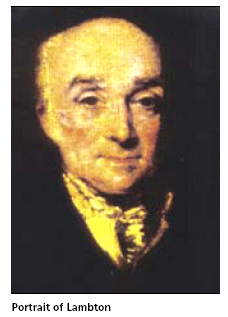







 (5.00 out of 5)
(5.00 out of 5)